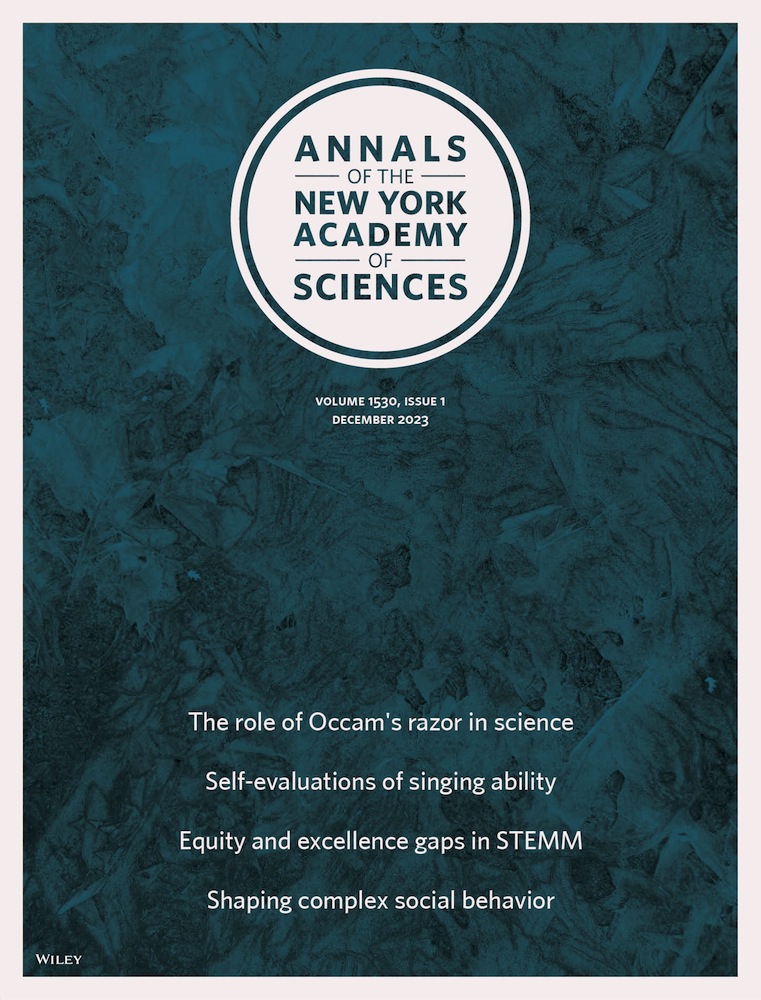The need for scientific leadership and collaboration to enhance social connection: A call to action
IF 4.1
3区 综合性期刊
Q1 MULTIDISCIPLINARY SCIENCES
引用次数: 0
Abstract
The United States faces a growing crisis of social disconnection, marked by increasing rates of loneliness, social isolation, and declining social capital. This has profound implications for public health, as social connection is critical to individual well‐being and societal functioning. The “loneliness epidemic,” as described by the US Surgeon General, is intertwined with broader challenges such as mental health crises, substance abuse, and sociopolitical issues. Although evidence highlights the importance of social connection for health outcomes, efforts to address social disconnection remain fragmented. This article provides context about the status of social disconnection in America and justifies the need for science to promote social connection from the perspectives of a scientific leadership council (SLC). This call to action proposes coordinated efforts to: (1) galvanize efforts to employ scientific evidence to design solutions and policies to address social disconnection; (2) establish the role of a US‐based SLC, an interdisciplinary collaborative for evidence‐based leadership; and (3) advocate for unified efforts and harmonization to close the gap between evidence and implementation. Additionally, this article proposes setting measurable national goals aligned with the Healthy People 2030 framework to monitor progress and drive systemic change, transforming the current landscape and building a more connected future.需要科学领导和合作以加强社会联系:行动呼吁
美国正面临着日益严重的社会脱节危机,其特征是孤独、社会孤立和社会资本下降的比率不断上升。这对公共卫生有着深远的影响,因为社会联系对个人福祉和社会功能至关重要。正如美国外科医生所描述的那样,“孤独流行病”与心理健康危机、药物滥用和社会政治问题等更广泛的挑战交织在一起。尽管有证据强调了社会联系对健康结果的重要性,但解决社会脱节问题的努力仍然是零散的。本文提供了有关美国社会脱节状况的背景,并从科学领导委员会(SLC)的角度证明了科学促进社会联系的必要性。本行动呼吁建议采取协调一致的努力:(1)鼓励努力利用科学证据来设计解决社会脱节问题的解决方案和政策;(2)建立基于美国的SLC的作用,这是一个跨学科的基于证据的领导协作;(3)倡导统一努力,协调一致,缩小证据与实施之间的差距。此外,本文建议根据《2030年健康人民》框架制定可衡量的国家目标,以监测进展并推动系统性变革,改变当前格局,建设更加互联的未来。
本文章由计算机程序翻译,如有差异,请以英文原文为准。
求助全文
约1分钟内获得全文
求助全文
来源期刊

Annals of the New York Academy of Sciences
综合性期刊-综合性期刊
CiteScore
11.00
自引率
1.90%
发文量
193
审稿时长
2-4 weeks
期刊介绍:
Published on behalf of the New York Academy of Sciences, Annals of the New York Academy of Sciences provides multidisciplinary perspectives on research of current scientific interest with far-reaching implications for the wider scientific community and society at large. Each special issue assembles the best thinking of key contributors to a field of investigation at a time when emerging developments offer the promise of new insight. Individually themed, Annals special issues stimulate new ways to think about science by providing a neutral forum for discourse—within and across many institutions and fields.
 求助内容:
求助内容: 应助结果提醒方式:
应助结果提醒方式:


